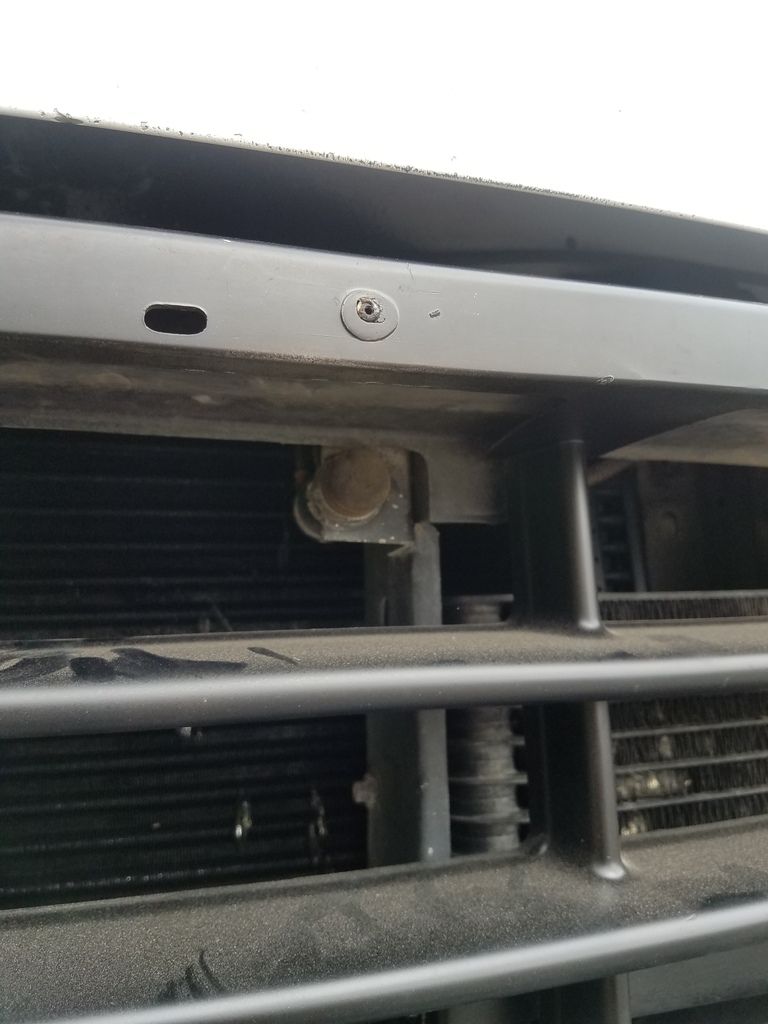Agreed - ambulance bodies are built like the proverbial brick phone booth. The basic structure is 2x2 aluminum tubing on 12" (+/-) centers, with all the joints welded. The skins are usually 1/8" aluminum, with 0.090/0.100" aluminum on the roof. The design goal is for the doors to open normally after a rollover accident.
If you plan to totally strip and refit the ambulance body, then virtually any body would work. If you want to leave things mostly as-is, so you can take advantage of the many compartments, then I suggest looking for a body with a reputation for solid workmanship, such as Braun or Medic Master. Regardless, though, look for the most options that you'd want when you're done, such as LED interior lighting -- plenty expensive after the fact, but no added cost with a body purchase. Compartment sizes will be fairly constant between builders, but there will be slight differences - where the O2 tank is located, where the electrical gear is located, etc.
Be careful of a stripped body - wiring may have just been cut, and the only light that fits easily into an ambulance is an ambulance light fixture, so if lights are gone, replacement can get expensive. Look for the Vanner inverter - it's usually 1050 watts, but if it's part of the package, you're ahead (don't use the Vanner to charge your batteries, though - they can cook batteries dry - go for a modern 4-stage charger, and then disable the Vanner's charger (see my thread for how to disable one).
Be careful of any body that's missing the inner door panels on compartment doors - I've seen some bodies for sale with all the door panels missing, and replacing them will run into lottsa bucks and lottsa time.
Be prepared to run into xome challenges, but also be prepared to have fun.

